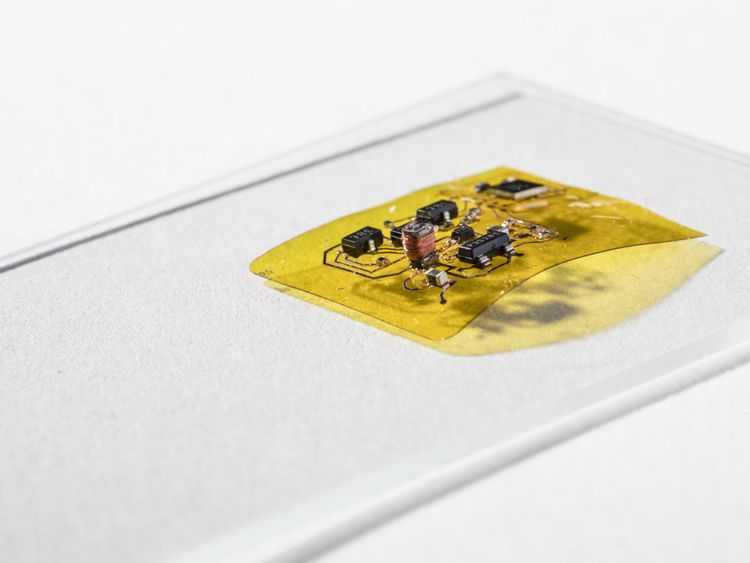Scientists have invented an insect-sized flying robot that is free from electric wires tethering it to the ground.
RoboFly is slightly heavier than a toothpick and is powered by a laser beam, using a tiny on-board circuit to convert the laser energy into electricity to flap its wings.
Its inventors are engineers from the University of Washington (UW) and they are going to present their work at the International Conference on Robotics and Automation in Brisbane, Australia, next week.
They expect that, in the future, RoboFly could help with tasks like inspecting crops or detecting gas leaks.
"Before now, the concept of wireless insect-sized flying robots was science fiction," said Dr Sawyer Fuller, co-author of the study.
"Would we ever be able to make them work without needing a wire?" asked the assistant professor in the UW Department of Mechanical Engineering.
"Our new wireless RoboFly shows they're much closer to real life."
The team believes the real engineering achievement with the tiny robot is in its flapping wings, which is an energy-intensive activity.
As both the power source and the controller for the wings are too big and heavy to be on board the tiny robot themselves, Dr Fuller's previous insect, the RoboBee, had to be tethered to its power source through wires from the ground.
RoboFly is able to operate on its own. Dr Fuller's team uses a narrow and invisible laser beam pointed at a photovoltaic cell attached above RoboFly which converts the laser light into electricity.
"It was the most efficient way to quickly transmit a lot of power to RoboFly without adding much weight," said co-author Dr Shyam Gollakota, an associate professor at UW's Paul G. Allen School of Computer Science & Engineering.
Buy itself the laser does not provide enough voltage to power the wings however, so the team designed a circuit to boost the seven volts produced by the photovoltaic cell up to the 240 volts needed for the flight.
To give RoboFly its independence, the team also added a microcontroller to the same circuit.
"The microcontroller acts like a real fly's brain telling wing muscles when to fire," said Vikram Iyer, a doctoral student in the UW Department of Electrical Engineering.
"On RoboFly, it tells the wings things like 'flap hard now' or 'don't flap'."
Specifically, the controller sends voltage in waves to mimic the fluttering of a real insect's wings.

"It uses pulses to shape the wave," said Johannes James, the lead author of the study and a mechanical engineering doctoral student.
"To make the wings flap forward swiftly, it sends a series of pulses in rapid succession and then slows the pulsing down as you get near the top of the wave.
"And then it does this in reverse to make the wings flap smoothly in the other direction."
Although RoboFly can only take off and land at the moment the team hopes it will soon be able to steer the robot using the laser.
Future versions of the device could use tiny batteries to harvest energy from radio waves, Dr Gollakota said, allowing the laser to send instructions for other tasks.
Dr Fuller said: "I'd really like to make one that finds methane leaks.
"You could buy a suitcase full of them, open it up, and they would fly around your building looking for plumes of gas coming out of leaky pipes.
More from Science & Tech
"If these robots can make it easy to find leaks, they will be much more likely to be patched up, which will reduce greenhouse emissions.
"This is inspired by real flies, which are really good at flying around looking for smelly things. So we think this is a good application for our RoboFly."
[contf] [contfnew] 
Sky News
[contfnewc] [contfnewc]






